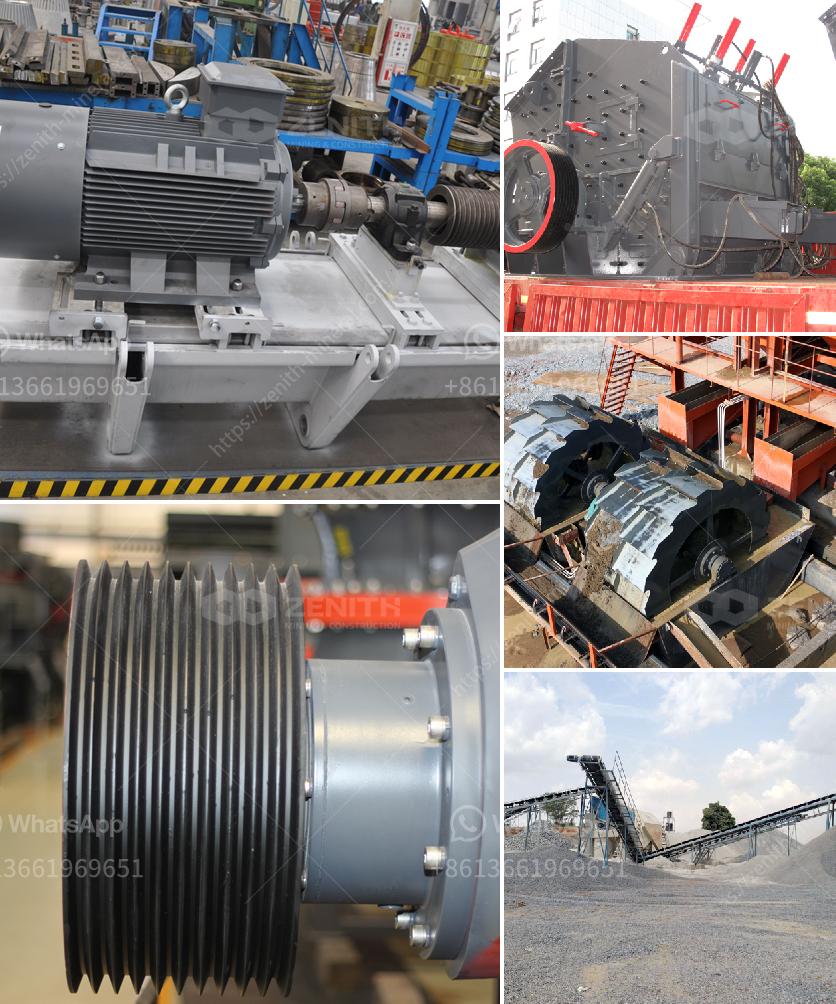Crusher metal detectors are designed to detect metal contaminants within materials being processed by crushers. Here’s a simplified explanation of how they work:
Magnetic Field Generation: The metal detector creates a magnetic field across the conveyor belt or materials chute. This field is typically generated by a coil of wire through which an electric current is passed.
Detection Coil Setup: The device has a set of coils – usually one transmit coil and two receiver coils. These are strategically placed so the material passing through is thoroughly scanned.
Metal Detection: As the material moves through the magnetic field, any metal present will disturb the field. This disruption is detected by the receiver coils.
Signal Processing: The change in the magnetic field is converted into an electrical signal, which the metal detector’s electronics analyze. The system is calibrated to distinguish between different types and sizes of metal contamination.
Alarm Activation: If metal is detected, the system triggers an alarm. Depending on the configuration, it may also stop the conveyor belt, divert the contaminated material, or alert operators.
Integration with Crusher Control: The metal detector is integrated with the crusher’s control system. This integration ensures that when metal is detected, the crusher can be automatically shut down to prevent damage.
Sensitivity Adjustments: Operators can adjust the sensitivity of the metal detector to target specific types of metal or sizes of metal contaminants. This ensures the system can ignore insignificant metal pieces to avoid false alarms.
Overall, crusher metal detectors help in maintaining the quality of materials being processed and protect the crushers from potential damage by unwanted metal objects.
